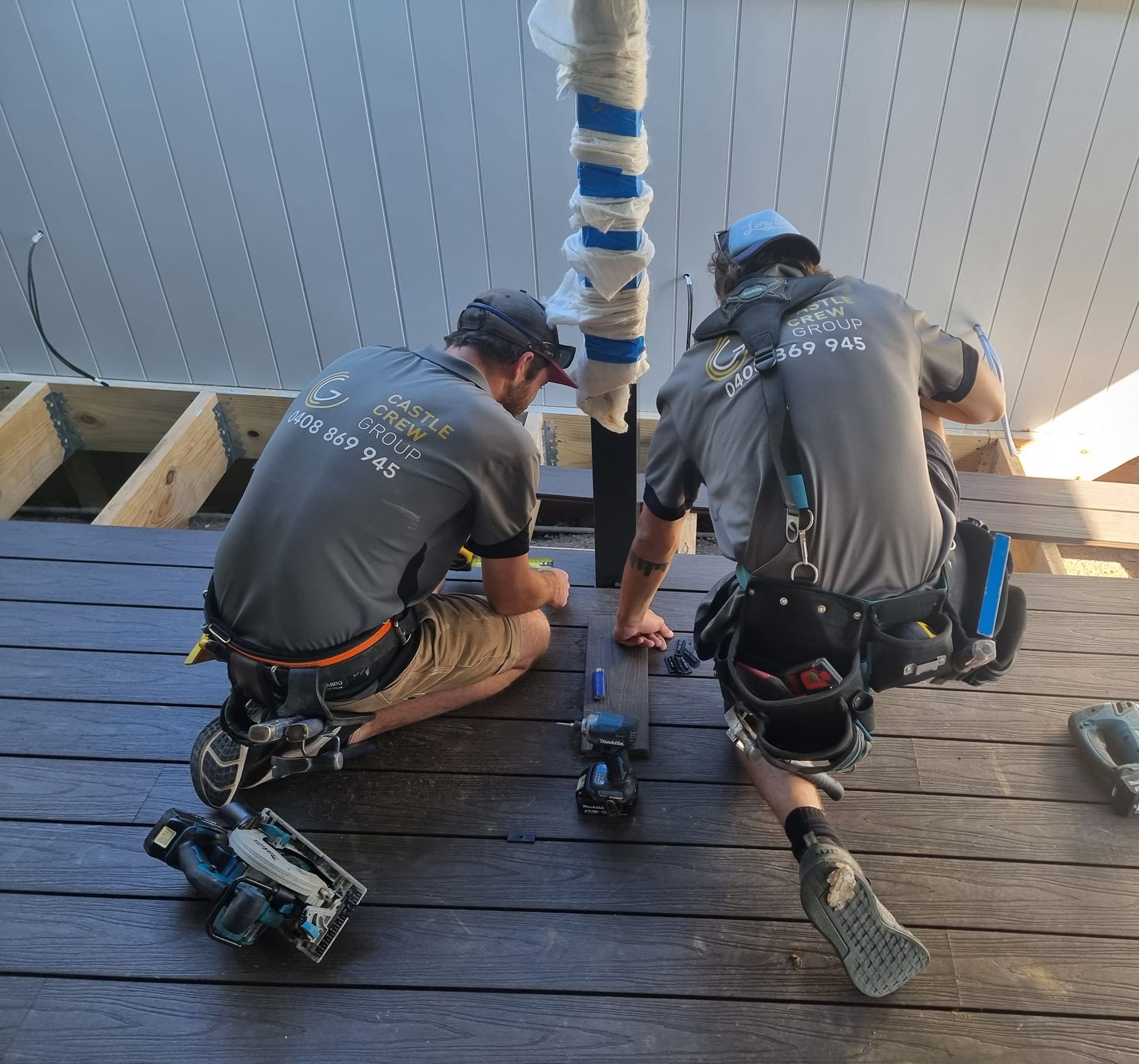Understanding the CDC vs DA Approval Processes in NSW
When it comes to building approvals in New South Wales (NSW), understanding the right pathway for your project is essential. Whether you're constructing a new home, renovating, or undertaking a commercial project, securing the appropriate approval is crucial to avoid costly delays and ensure compliance with local regulations.
One of the most important decisions you'll face is whether to apply for a Complying Development Certificate (CDC) or go through the more comprehensive Development Application (DA) process. Knowing the difference between DA vs CDC can help streamline your project and save both time and money.
Introducing the CDC vs DA Approvals for Your Project
When planning a construction project in NSW, obtaining approval is crucial for any new build or renovation project. Most projects will require either a Complying Development Certificate (CDC) or a Development Application (DA). But what’s the difference and why do you need one?
These approvals are in place to ensure your project aligns with local regulations, protecting both your property and the community. A CDC offers a faster approval process for straightforward projects that meet predetermined standards, while a DA allows for a more thorough review of projects that are complex or large-scale developments.
Both CDC and DA approvals are designed to ensure that projects adhere to local planning and environmental regulations, protecting the interests of homeowners, neighbours and the broader community. Deciding between DA or CDC approval largely depends on the specific nature, scale and location of your project.
Why Do You Need To Know the Differences Between a DA and a CDC?
Understanding the difference between a DA and a CDC is key when planning construction or renovations in NSW. Each approval pathway can significantly affect your project's cost, timeline and compliance requirements.
A DA typically takes longer due to its more detailed assessment process, while a CDC offers faster approval if your project meets specific criteria. Choosing the right pathway can mean avoiding unnecessary delays and cutting down on costs.
For example, if your project qualifies for a CDC, you could potentially start building in weeks rather than months. So, it’s definitely worth investing some time to understand the approval process.
Defining DA vs CDC
What is a Development Application (DA)?
A Development Application (DA) is a formal request for permission to carry out development that doesn't fall under pre-approved standards. It typically applies to more complex or large-scale projects that require individual assessment by the local council.
Projects like knock-down rebuilds, new builds, major home renovations, commercial buildings, or developments that may affect local planning policies usually require a DA. The DA process involves multiple steps, including community and neighbour consultation, council review and adherence to local environmental plans and regulations.
What is a Complying Development Certificate (CDC)?
A Complying Development Certificate (CDC) offers a fast-track approval process for straightforward, simpler projects that adhere to specific standards. In contrast to a Development Application (DA), a CDC can be quickly approved by either a council or a private certifier, provided the project complies with relevant planning and building codes.
Common projects that qualify include
certain renovations and
additions such as garages or pools. The primary benefit of a CDC is its expedited approval timeline, which can lead to significant time and cost savings when compared to a DA.

Key Differences of CDC vs DA in NSW
To better understand the approval process for your construction or renovation project in NSW, we break down the key differences between CDC vs DA to help you make an informed decision:
| Aspect | Development Application | Complying Development Certificate |
|---|---|---|
| Approver | Local council | Private certifier or council |
| Rules | Subject to the local council's interpretation Assessed on merit Allow feedback from your neighbours or the local community | Must meet specific, strict codes Do not accept feedback from your neighbours or the local community |
| Pros | Greater design flexibility Allows creative leniency in some areas | Much faster approval times Typically lower fees |
| Cons | Longer approval times Subjective interpretation of what qualifies as good design Open to objections | No flexibility in meeting codes The application may be rejected if any code is not met Design compromises may be necessary |
| Documentation Required | Architectural Drawings Survey Stormwater Design BASIX certificate Structural Design Statement of Environmental Effects Additional reports (e.g., Bush Fire, Heritage, Geotechnical) | Architectural drawings Survey Stormwater Design BASIX certificate Structural Design Bush Fire Report for selected areas |
| Estimated Approval Time | Around 3 months | 2-3 weeks |
Between DA or CDC Approval: Which One Should You Choose?
Choosing between a DA or CDC approval involves various factors to consider:
Local Council Regulations
Different councils have varying regulations that may dictate which approval is suitable for your project.
Design of the Home or Building
Complex or unique designs may require a DA for more flexibility, while straightforward designs may qualify for a CDC.
Size and Complexity of the Build or Renovation
Larger or more complex projects, such as custom homes or major renovations, typically necessitate a DA, while smaller, low-impact projects can often use the CDC pathway.
Property Boundaries and Land Being Developed
The characteristics of your property, such as its size, location and zoning, can determine whether a DA or CDC is needed for approval.
Timeframe Considerations
If time is of the essence, a CDC may offer faster approval, while a DA generally takes longer. It’s also important to note that some projects in NSW may not require any approvals at all.
Get Help on CDC vs DA Approvals from the CastleCrew Team!
Selecting the right approval process between CDC vs DA is crucial for your construction or renovation project, as it can save time and money while ensuring compliance with local regulations. For tailored advice, it’s wise to consult with professionals who can help you navigate the requirements based on your specific circumstances.
CastleCrew Group offers personalised guidance to help you navigate the whole process smoothly. Reach out today for professional support on your construction journey to complete your project successfully!
CastleCrew Group | Proudly Powered by DSD
Privacy Policy | Terms of Service





